In this violets nature study, learn how to identify violets plus enjoy suggestions for your outdoor homeschool nature study. Follow up activities include nature journaling pages for labeling flower parts and resources for how to grow violets.
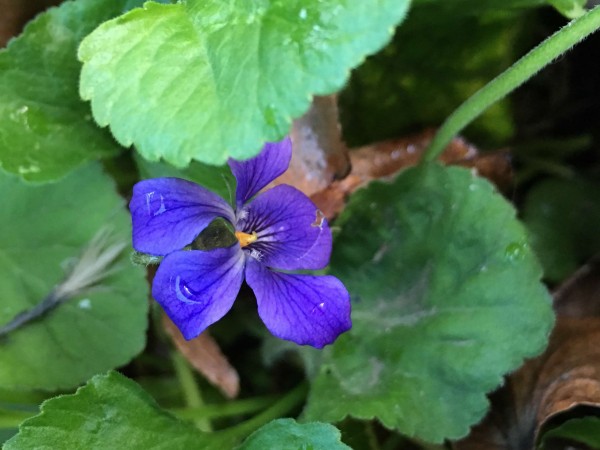
Outdoor Hour Challenge Violets Nature Study
I love violets! In the summer, we have thousands of them that come up all over the yard. They are in the flower beds, in the lawn, and even between the pavers of our walkway! I love their happy colors and I’m anxious to see them again once the season changes.
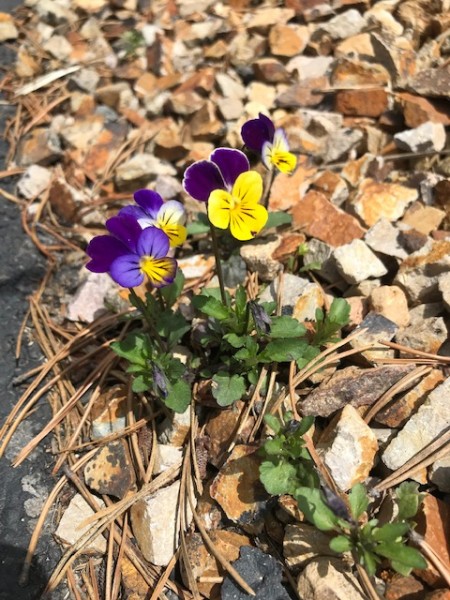
Most of our violets are transplants from a friend that have gone wild and reseeded themselves. But, we do have one native violet that grows as a wildflower along the edges of our property. It is the goosefoot violet and it’s yellow.
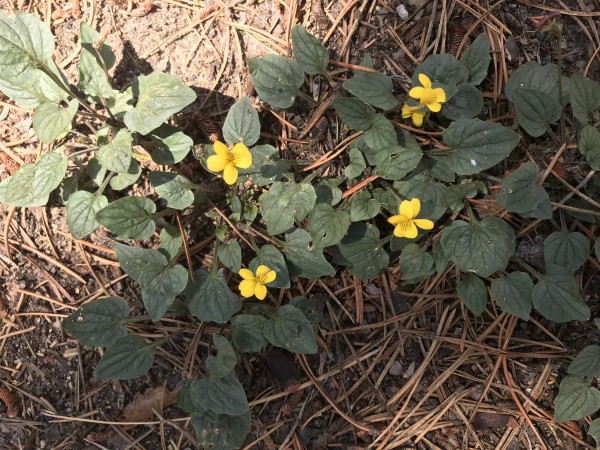
I need to be careful when I’m weeding along the fence because I could easily weed them right out of the flower bed. Learning their leaf shape, a distinctive “goose print” shape, has helped me to let them be when I’m cleaning out the weeds. Plus, it helps me remember its name! The goosefoot violet is one of our spring ephemerals and signals us that spring is on its way, making it a very welcome flower when we see it starting to bloom.
I think Anna Botsford Comstock had a love for violets as well. When you read the violets nature study lesson in the Handbook of Nature Study you can hear her appreciation for their form and beauty. She does mention the fact that not all violets are fragrant. This was a surprise to me because our violets in California all had that distinctive violet perfume fragrance. The goosefoot violet has no fragrance at all. Turns out, Anna was helpful in giving us some valuable information in order to correctly identify the wild violets.

Homeschool Nature Study Members: View the original challenge in Homeschool Nature Study membership in the Winter Course.
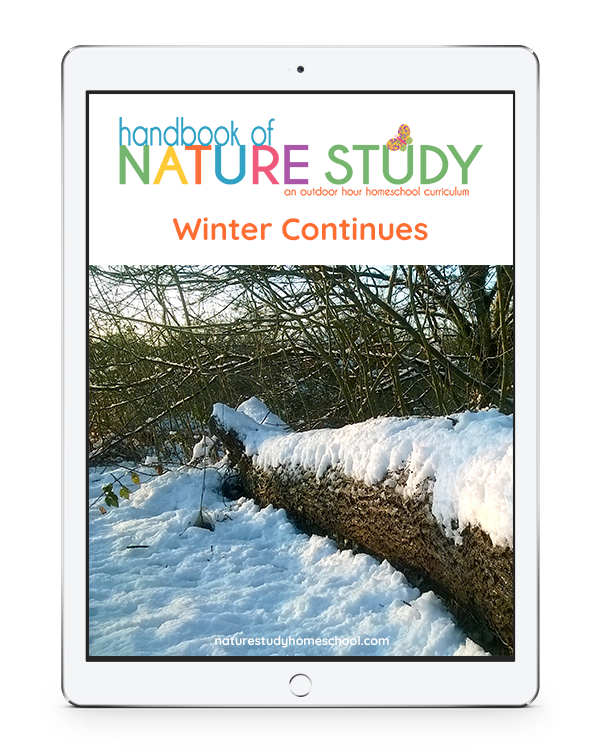
Make sure to check your local field guide to see which violets are native and then be on the lookout for some to observe in your nature study. As suggested in the challenge, look for “johnny jump ups” in your garden nursery as a substitute for wild violets.


Learn About Wildflowers in Homeschool Nature Study Membership
Annual members can download and use any of the wildflower challenges from the three sets of Wildflower curriculum available in the Member’s Library.
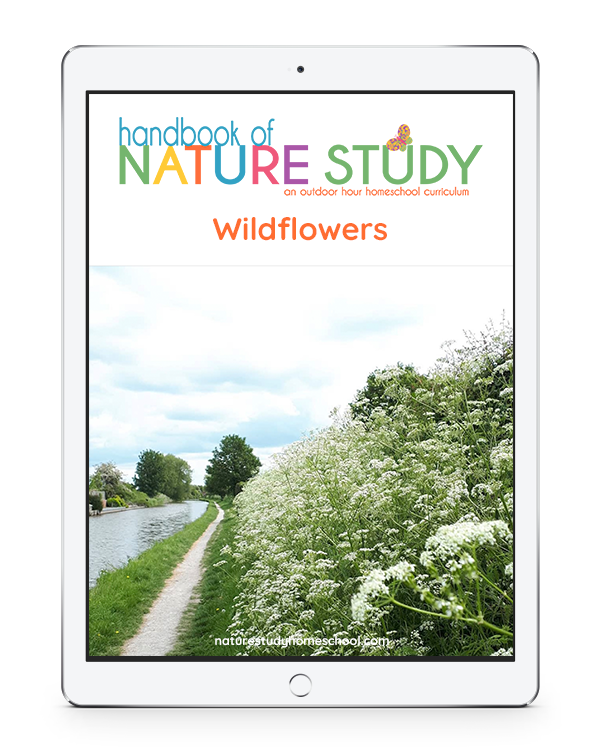
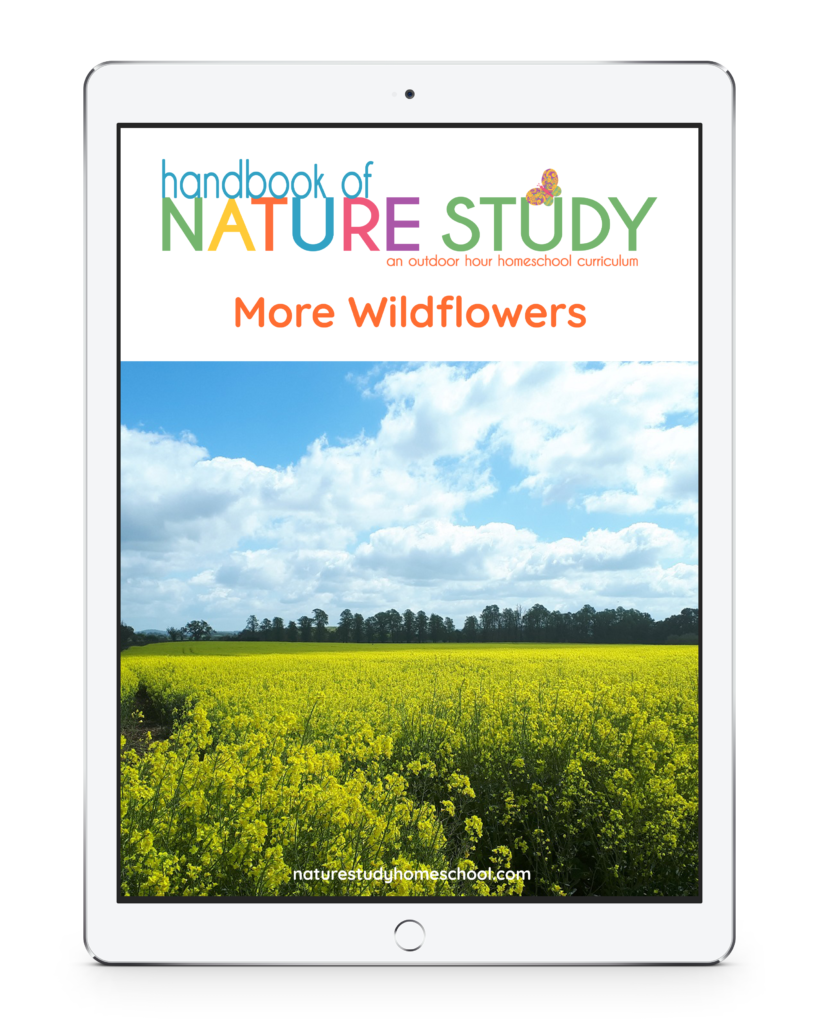
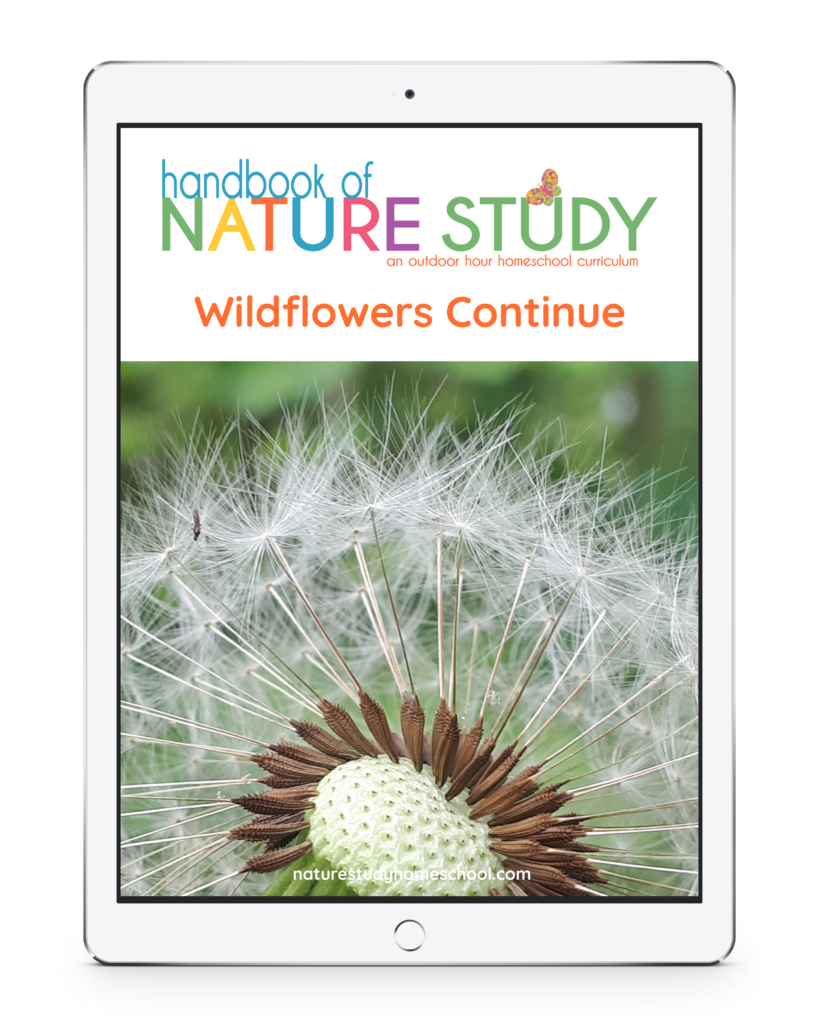
You will find hundreds of homeschool nature studies plus all the Outdoor Hour Challenges in our Homeschool Nature Study membership. There are 25+ continuing courses with matching Outdoor Hour curriculum that will bring the Handbook of Nature Study to life in your homeschool! In addition, there is an interactive monthly calendar with daily nature study prompt – all at your fingertips!
by Barbara McCoy, Outdoor Hour Challenges founder








